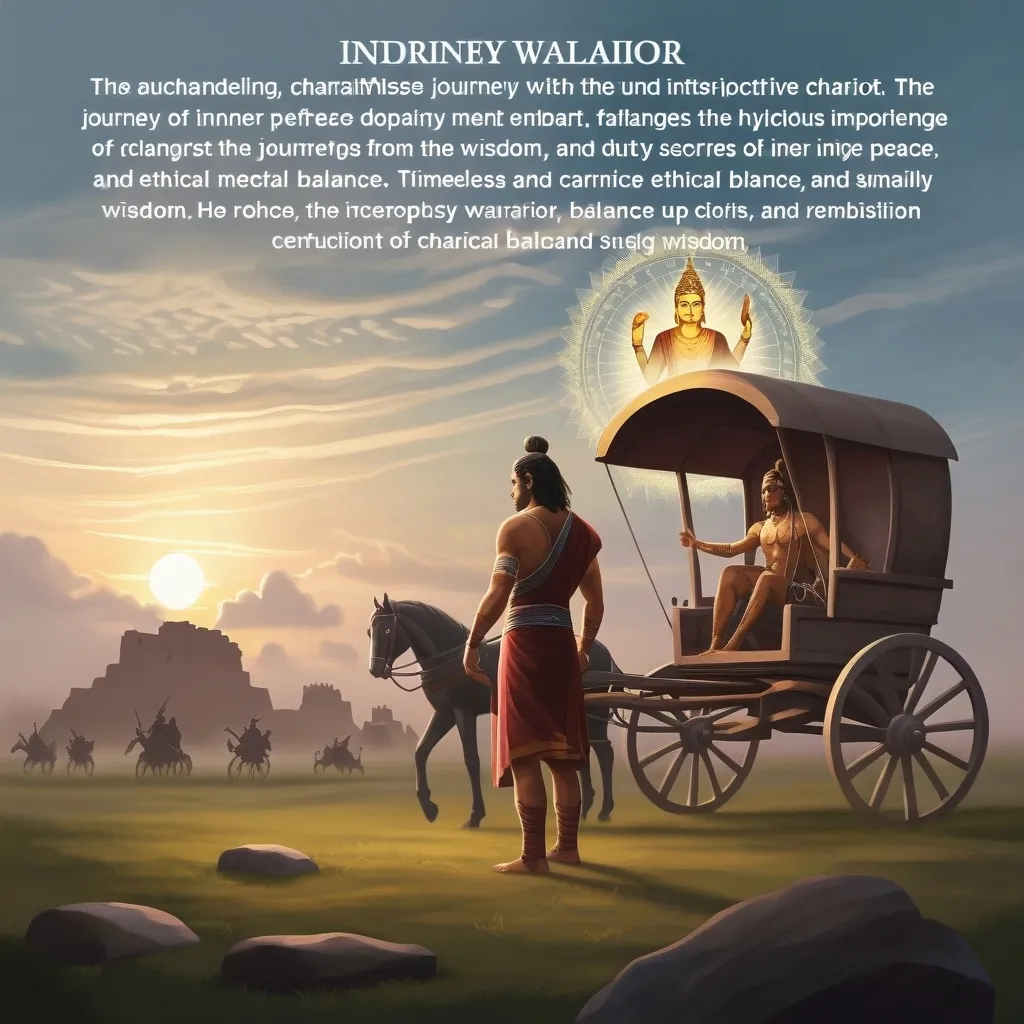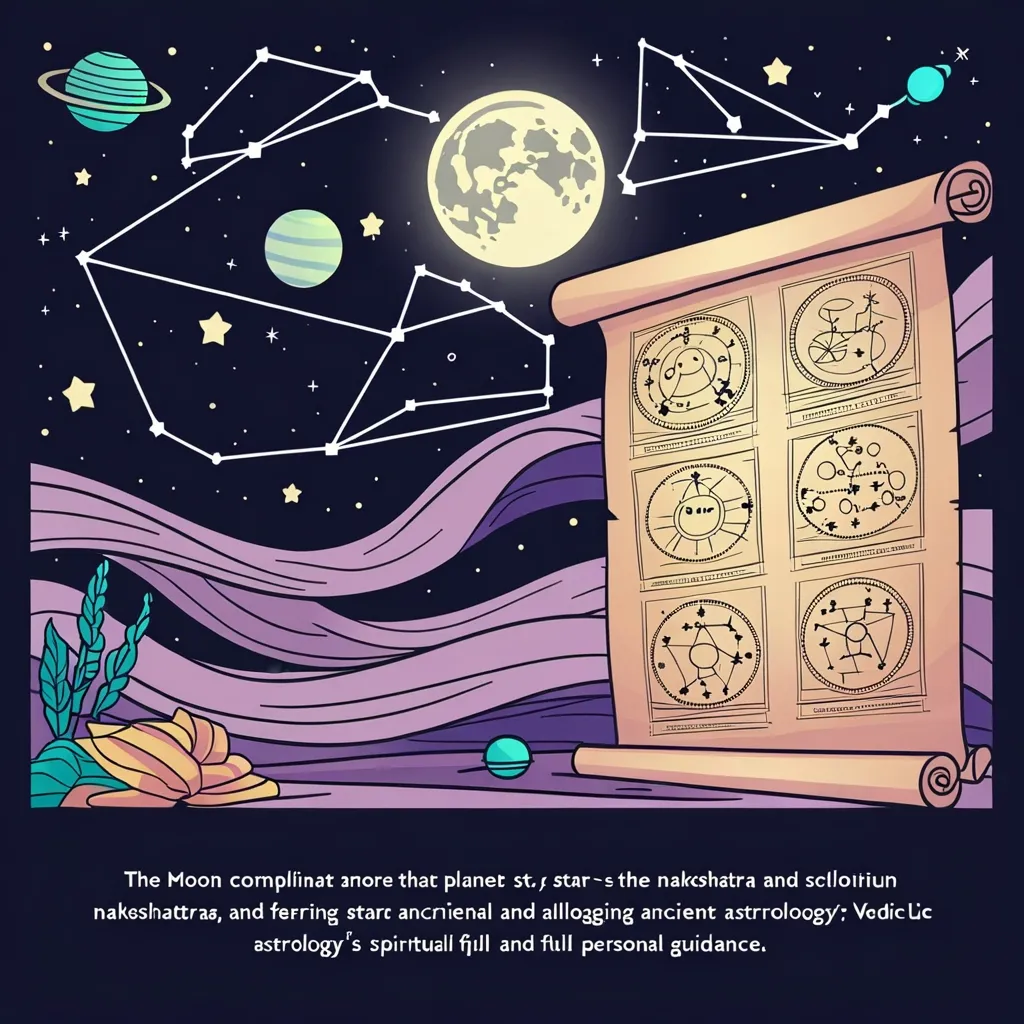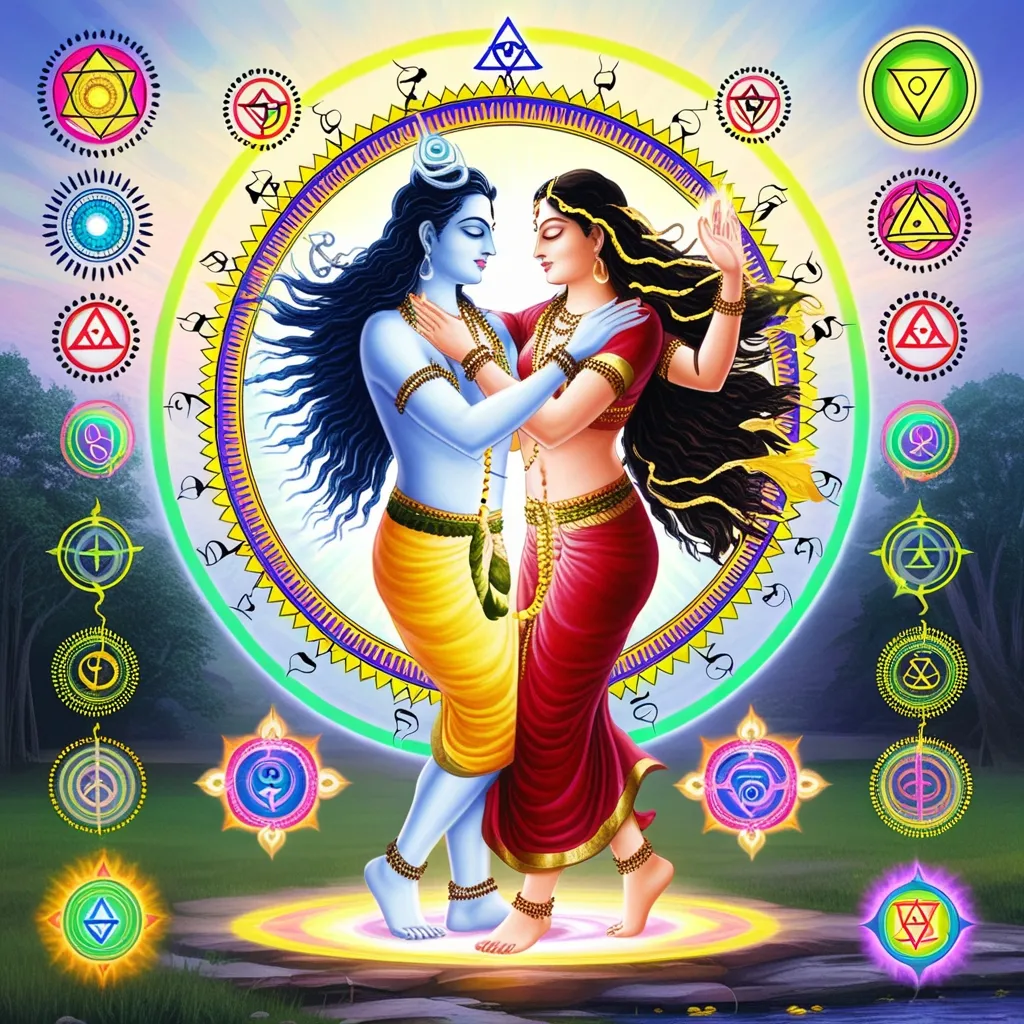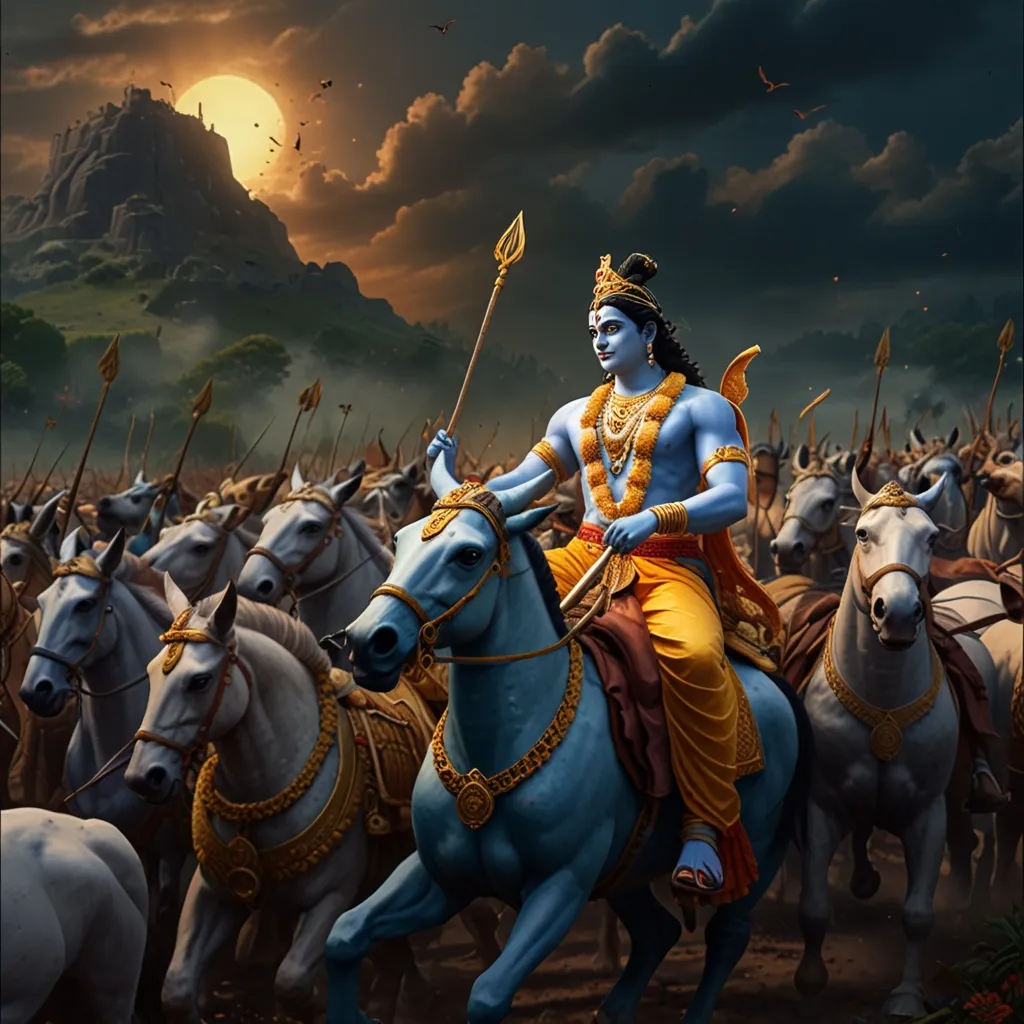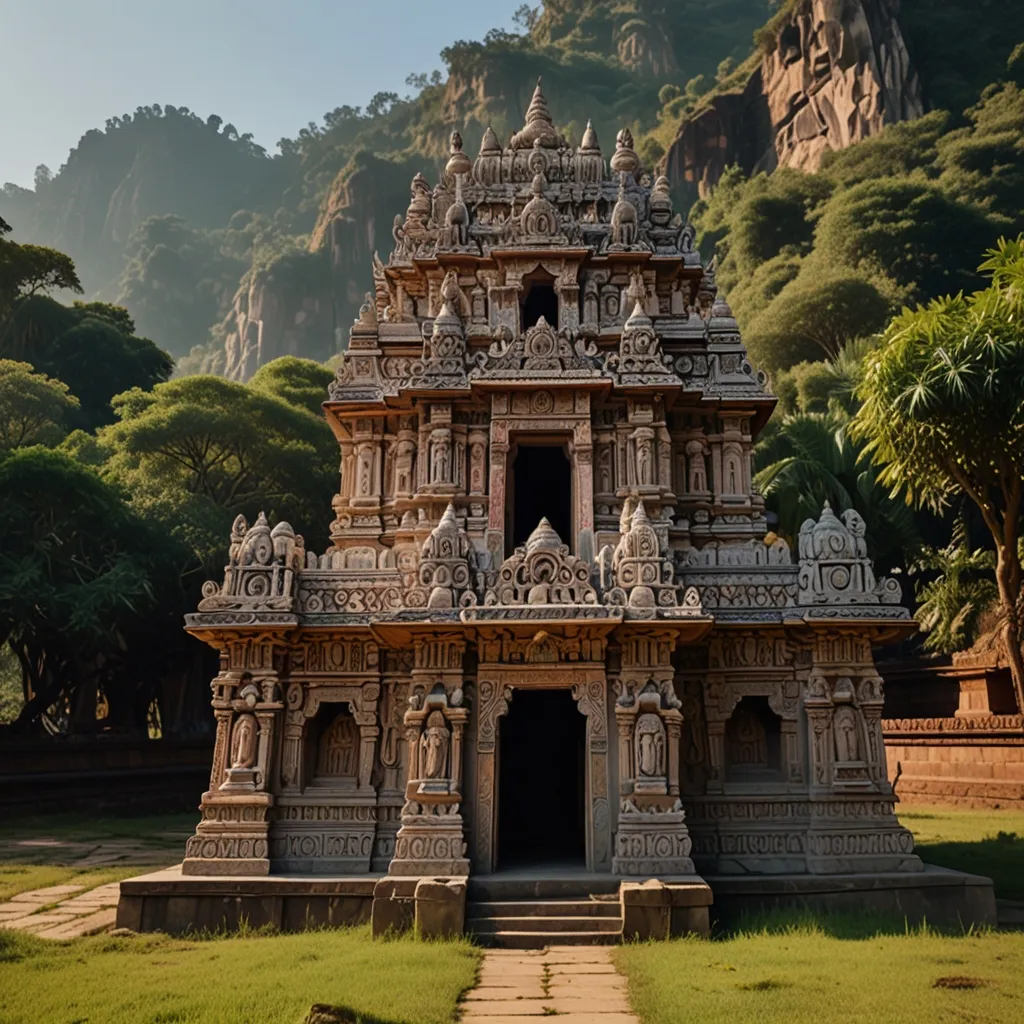The Bhagavad Gita is like this timeless piece of wisdom snugly placed in the heart of the epic Mahabharata. Think of it like an ancient GPS guiding countless souls through the complex crossroads of life for more than just a few summers and winters. It’s all about diving deep into ethics, moral responsibilities, and understanding what makes us tick as humans, turning it into this go-to manual for facing life’s ever-persistent challenges.
Picture this: We’ve got a civil war brewing at Kurukshetra, the kind of battlefield that dreams (or nightmares) are made of. Enter Prince Arjuna, standing there grappling with a massive dilemma—fight and face the bloodshed of his loved ones or drop his weapon and face the haunting possibility of inaction and its consequences. But guess what? Just as things seem bleak, Lord Krishna steps in as his charioteer, offering a treasure trove of insights that ultimately shape the essence of the Gita.
Right at the core, the Gita speaks of dharma—it’s this duty, a kind of righteous path each must follow. Krishna urges the importance of doing one’s duty without clinging to the outcomes. It’s nishkama karma in action, emphasizing actions taken selflessly, sans expectation of reward. Picture a doctor deeply committed to healing rather than plotting fame or fortune. By letting go of all those pesky attachments, one can find that sweet spot of balance and integrity even when the going gets tough.
The Gita shines the spotlight on yoga—not the stretchy pants kind but as a spiritual path leading to inner peace and realization. It rolls out a few forms: Karma yoga for action, Bhakti yoga for devotion, and Jnana yoga for wisdom. Imagine them as these various trails you could take up a mountain, each offering unique views but guiding to the same peak of clarity and purpose.
There’s a cool synthesis here, blending societal and individual interests effortlessly. It narrows down to the realization that personal growth is tangled with societal welfare—like a teacher enriching young minds contributing not just individually but to the community’s well-being. This blend underscores the fact that personal perfection spins into the larger societal fabric.
The book touches on the varna system—think of it as an ancient version of dividing tasks according to skills and talents. It encourages everyone to pour their natural flair into their societal roles. Picture a farmer feeding countless families or a doctor contributing to public health, each role embraced selflessly to stitch society together seamlessly.
The Gita also nails the act of balancing life, embracing both action and restraint. It’s like working hard all day and then feeling the sheer joy of a peaceful evening, knowing that as long as duty is prioritized over personal gain, life is well-balanced.
What about passion? The Gita doesn’t sideline it; instead, it applauds channeling desires constructively. Imagine channeling a passion for music into creating art that spreads joy, transforming this internal fire into a positive, uplifting force. It’s all about divinizing desires, not suppressing them.
Ever find yourself overwhelmed by duties? The Gita breaks down responsibilities according to different personalities and roles, making it a pocket guide for daily life, applicable, let’s say, from a parent raising kids to a community member lending a hand.
At its core, the Bhagavad Gita provides sound metaphysics, teaching that divine intent does shape outcomes, but individuals bear the onus of acting with determination and aligning with a higher conscience.
As for modern-day applications, the Gita’s teachings empower individuals to face contemporary challenges. Its core principles like self-discipline and selfless service are as relevant today, helping folks redefine priorities in this fast-paced world without losing their path of integrity.
The Gita’s wisdom is especially handy in resolving ethical dilemmas and conflicts. It encourages taking ethically sound actions, like whistleblowing on unethical practices at work, emphasizing purity of action over personal gains. It hints that what’s more vital is the morality behind actions—intent rules over outcomes here.
Considered a universal encyclopedia of life, its teachings span societies and generations. Facing dilemmas at a personal or societal level, the Gita offers wisdom guiding through tangled choices, nurturing an ethical life lens.
Concluding this, the Bhagavad Gita throws light on ethics and moral responsibilities, proving to be a valuable beacon from yesteryears, very much alive and relevant in the present day. Embracing its dharma and yoga principles, individuals are empowered to navigate contemporary life’s tangles with a renewed sense of purpose and integrity. It’s no old relic but a continuous source of inspiration, reshaping lives, and embedding itself firmly within the fabric of ethical education.
